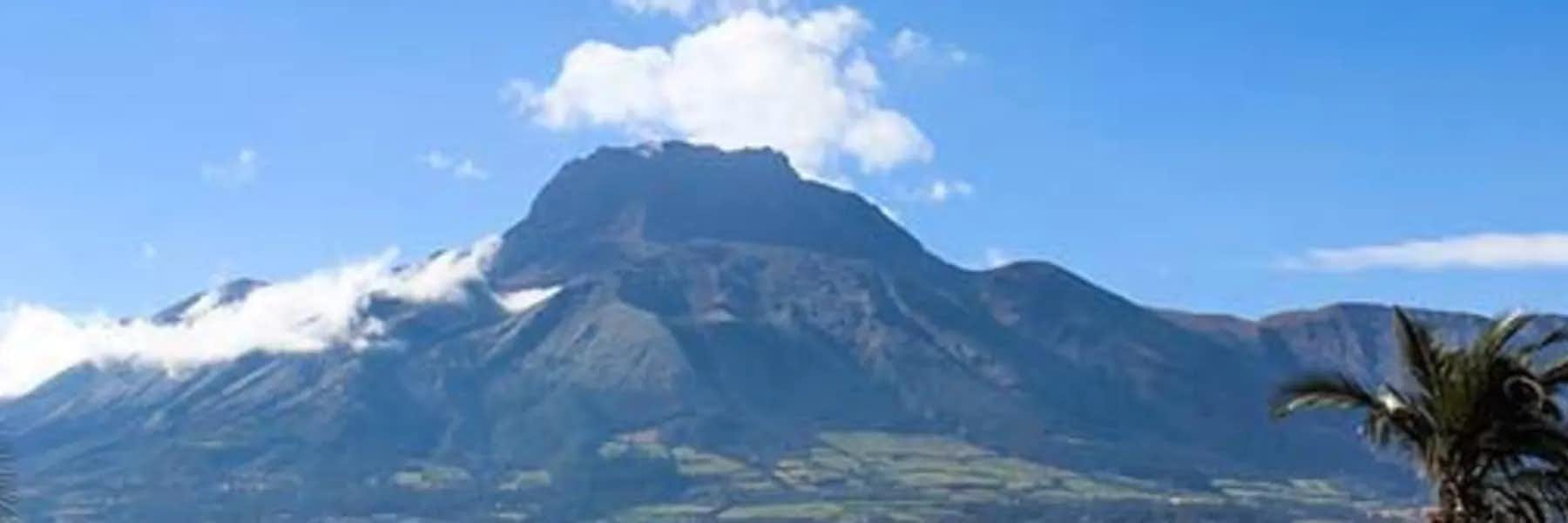On February 1, 2019, I experienced a serious health scare. When I was released from the hospital, my cardiologist told me my arteries were not good and I had clots in my legs and lungs. I asked what I should do regarding diet. He demonstrated with a gesture to zip my mouth shut. Not much help.
Consequently I implemented lifestyle changes resulting in improved health that my doctor couldn’t believe. I began a plant based diet and exercise. Now I’m working my way counter-clockwise around the scale and throwing away pills I’ve taken for high blood pressure and cholesterol for decades. Given a second chance, I’m a new person. I attribute this in large part to eating whole foods, fruits and vegetables, and daily exercise. I’ve even started yoga. Another huge factor is where I live.
What better place to live than Cotacachi, here in the Andes of Ecuador, where abundant fresh foods are available year around. I can walk my dog or hike every day and I have a close nucleus of friends who offer support.
Many of my friends have backyard gardens and grow their own food all year. They are so proud of their eggplants, broccoli, and zucchini grown in their own soil and nurtured by their care. In fact, since there is no cold winter weather, one friend says her veggies keep growing larger every year. She showed me her “kale trees,” as she calls them.
Even if you don't have a garden, there are plenty of places to procure fruits and veggies at minimal cost. The mercado (market) offers a large variety of produce and on Sundays there is an additional market at the same location. The indigenous market, as it is called, also proffers a multitude of grains, flours, dried beans, lentils, potatoes, quinoa, and peas as well as spices and herbs. A lot of produce here is unfamiliar to me, so I’ve vowed to try one new fruit or vegetable each week.
Early Sunday morning there is also another market where indigenous people bring foods grown on their small tracts of land. The Coast Market, is where vegetables and fruits, such as pineapples, coconuts, varieties of citrus, etc., are trucked in from more tropical parts of Ecuador. Outlying farmers bring their foods to town on Thursday morning when a small outdoor market is held. In addition, there are also neighborhood markets where residents sell produce for a small price.
This week my husband, Kim, and I purchased a large pineapple for $1.50, and a week’s worth of cilantro for 25 cents. Heads of broccoli or cauliflower are 50 cents each, oatmeal is 50 cents per pound and popcorn is 45 cents per pound. For just $1, I can pick up either three large or four small avocados, seven large grapefruit, 20 lemons or 20 oranges, seven medium red onions, about a quart of strawberries, or 15 carrots. Prices vary depending upon the season. Very often vendors will toss a couple peppers or carrots into your bag as gratitude. This practice is known as a yapa. For $20 to $25 per week our refrigerator is filled with delicious, fresh whole foods.
Our friendly, small town has a number of restaurants serving foods to accommodate people who choose a plant-based diet. Buddha Bistro is one of my favorites. Cotacachi also salivates over Pandala Bakery’s delicious vegan choices of fruit, seed, and vegetable breads, pitas, baguettes, ciabatta, and more. Khamuy Foods offers organic, fermented, and gluten-free food choices.
I am so grateful to live here in Cotacachi, Ecuador, with clean air, abundant fresh water, lovely surroundings, outdoor activities 12 months a year, plentiful, freshly grown produce, and good friends to surround myself.
Related Articles
A Full Life Living On Social Security Of $1,000 A Month In Cotacachi
Eat Local, Eat Cheap, And Eat Well In Ecuador
Moving To Ecuador: Should I Bring A Container Or A Suitcase?
